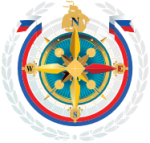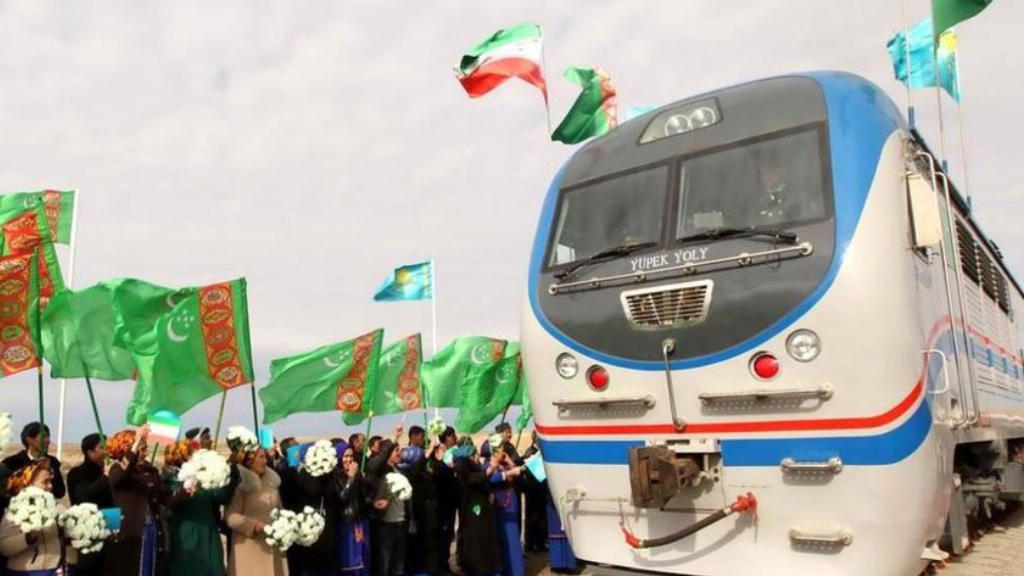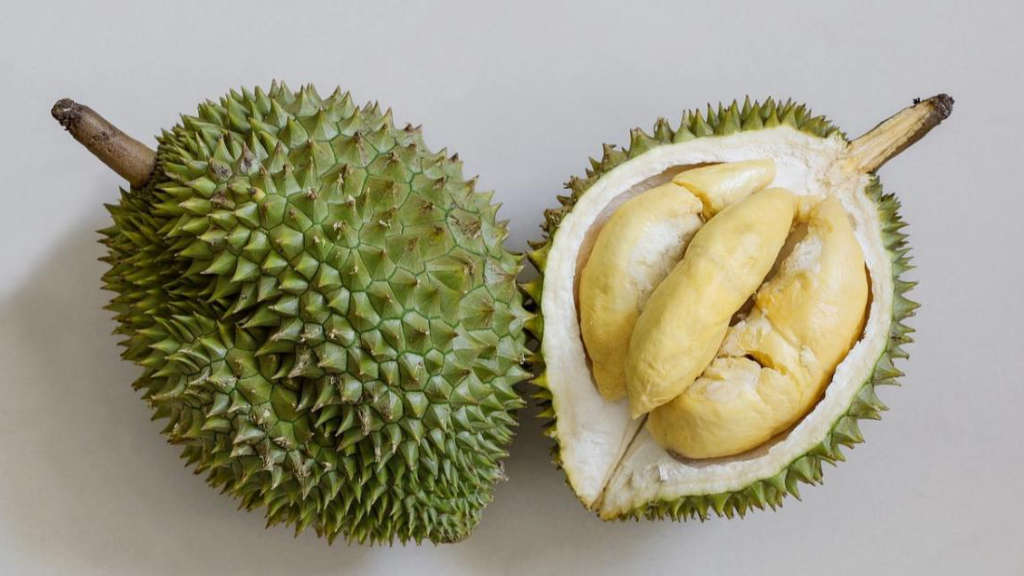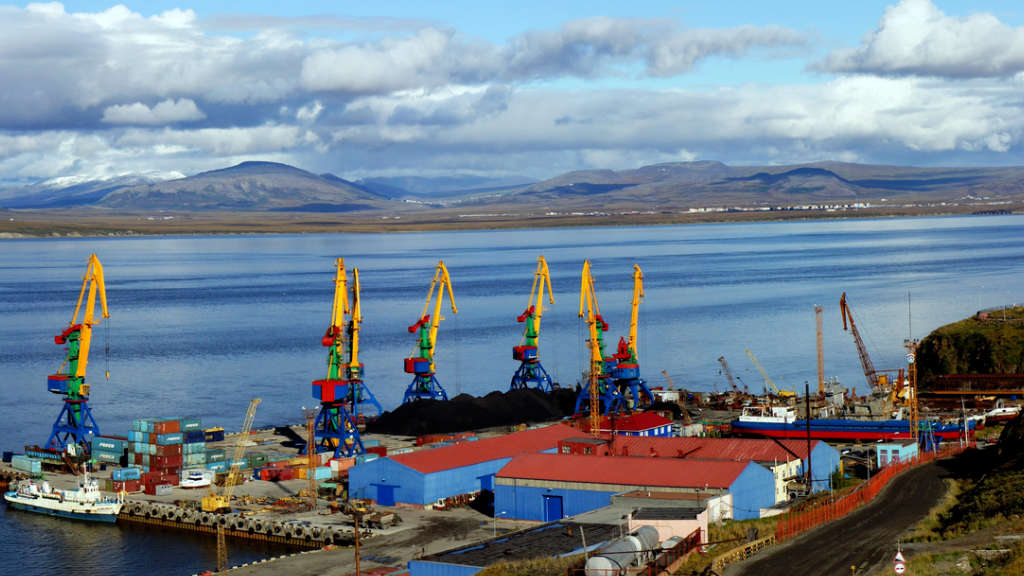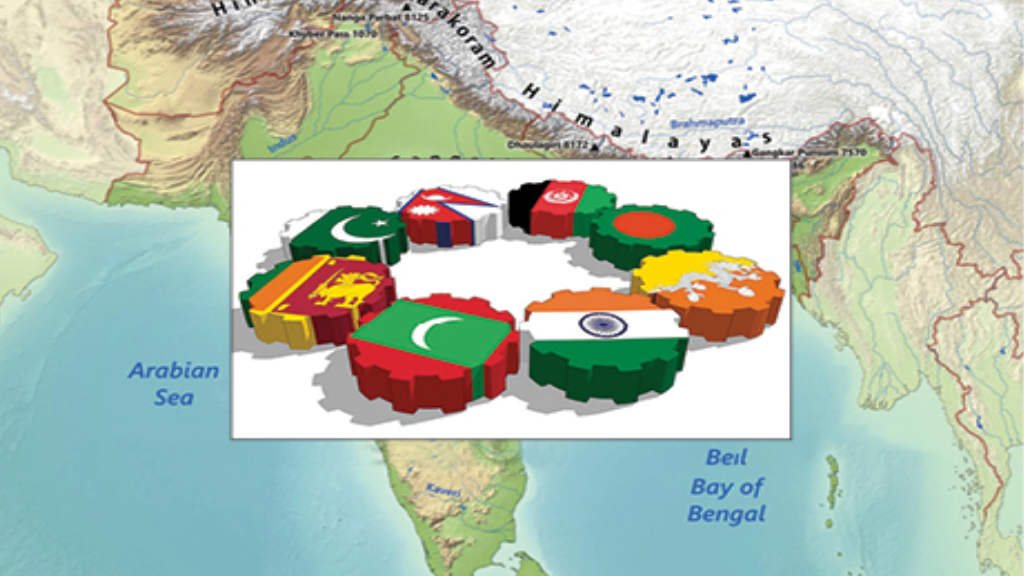The Iranian Ambassador to Russia, Kazem Jalali, has said that during 2024, between 1.8 million and 2 million tonnes of cargo were transported along the eastern branch of the North-South international transport corridor, which leads to Iran through Kazakhstan and Turkmenistan. This is approximately three times more than in 2023.
Two other branches of this route are still less developed: there are not enough cargo ships for the central route through the Caspian Sea, and the Rasht-Astara railway section, which will connect Iran and Azerbaijan, for the western route. The latter is expected to be launched by 2028.
The agreement on the creation of the International North-South Transport Corridor (INSTC) was signed between Russia, Iran and India in 2000. Initially, it was assumed that the new logistics route would become an alternative route through the Suez Canal for the delivery of Indian goods to Europe, but its role changed in 2022 when amid sanctions restrictions and a reorientation of logistics, Russia was looking for new routes that would provide it with access to Asian and Middle Eastern countries.
The part of the international transport corridor that connects Russia and Iran has three main branches: Eastern, Western and Central.
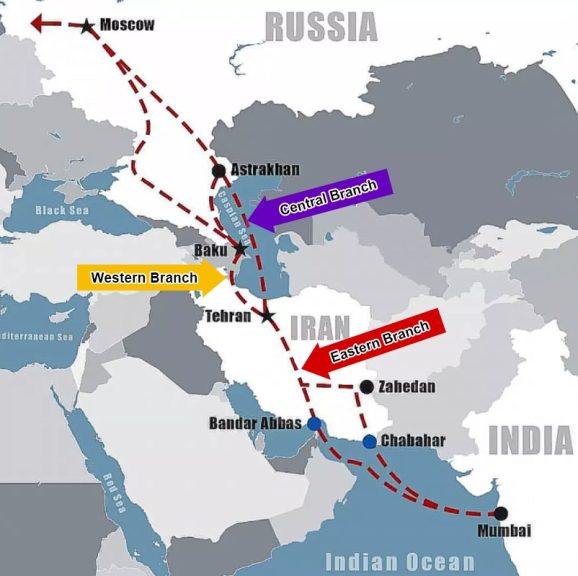
The Eastern branch, which runs through Kazakhstan and Turkmenistan, is currently the most developed. It has fully operational railway connectivity, making it possible to transport significant volumes of raw materials and goods. The three national railway services operating along the route have introduced special discounts on the route. Russian Railways gives a 20% discount on container shipments through the Russian-Kazakh border crossings and through the Bolashak crossing between Kazakhstan and Turkmenistan, Kazakhstan Railways 40% (for the delivery of all types of goods, except grain, ground products and petroleum products), and in Turkmenistan from 40-50%.
The Central branch operations, which run directly through the Caspian Sea, have experienced operational delays due to an insufficient number of cargo ships. Russia, Azerbaijan, Kazakhstan, Turkmenistan and Iran are all looking at increasing their shipbuilding capacity to correct this deficit. Russia and Azerbaijan agreed on the joint construction of modern river-sea class tankers during a meeting in Baku in August last year, with Russia’s United Shipbuilding Corporation participating in conjunction with Azerbaijan’s Baku Shipyard.
Azerbaijan’s Caspian Shipping Company is a leader in this field and continues to increase its fleet. By 2030, the company plans to increase its fleet by an additional 50 vessels, including cargo and passenger ships, ferries, tankers, tugs, boats and crane vessels. Currently, 13 ferries of various series, 2 Ro-Ro vessels, and now two Ro-Pax ferries are transporting vehicles and wagons in transit through Azerbaijan in the Caspian Sea. Azerbaijani shipbuilders also plan to accept orders for ships from other Caspian littoral countries.
The Western branch, which runs through Azerbaijan, needs to complete the Rasht-Astara railway section, which would connect Iran and Azerbaijan. Due to its absence, goods on the route are now transported either exclusively by road or by rail to the border of Azerbaijan with Iran, from where, again, they are transported by road. The route is not as efficient as it should be, however these issues should be resolved and it fully in operation by the end of 2027.
Russia intends to gradually increase the cargo base on this route, so that by 2028 the Western branch of the North-South transport corridor will be provided with a cargo base. To this end, an agreement was signed with Azerbaijan at the end of last year, according to which Russia guarantees a certain volume of goods for transportation, and Azerbaijan guarantees the modernisation of the railway infrastructure.
In Russia, the development of the North-South transport corridor includes building checkpoints along the route, including cross-border digital customs technologies, significantly increasing their carrying capacity and time efficiencies.
Further Reading
